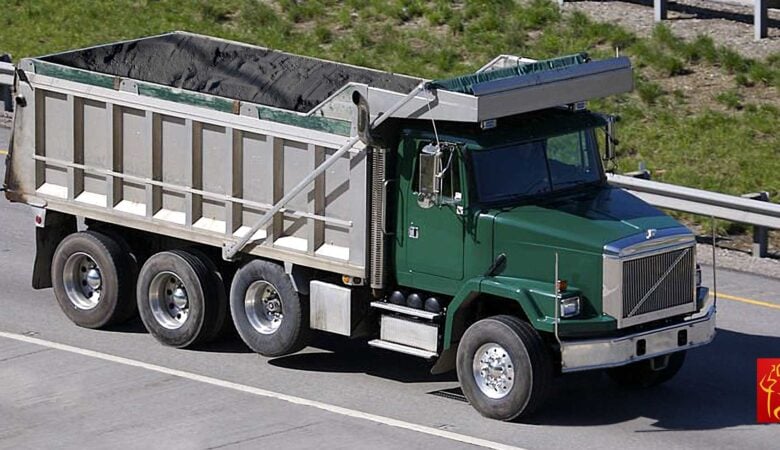Securing a flatbed trailer and its load with a heavy-duty truck tarp is just part of the routine for the American trucker. For new truckers, or those who have never hauled flatbed loads before, learning how to effectively tarp is not the easiest thing in the world. It is an acquired skill that takes time and experience to master.
Before tarping ever begins, the trucker must purchase the right kinds of tarps for the loads he or she intends to haul. It is best to choose heavy-duty tarps that can withstand the punishment of the open road; we usually recommend 18-ounce vinyl or a PVC product. Canvas and poly tarps do not tend to hold up very well over multiple long hauls.
With the correct tarp in hand, securing your trailer is a three-step process:
1. Load Balance
Making sure a load is balanced does a number of things. First, it keeps the trailer evenly weighted for maximum safety and fuel efficiency. Second, it allows for tarping the load in such a way that it provides as much protection as possible. Experienced truckers know that how a load is placed on a trailer goes a long way toward determining how it is tarped.
If you have any say in how your trailer is loaded, try to make sure the profile is as even as possible across the entire surface. Also, try to make sure that no part of the load sits higher than the top of the tractor if at all possible. Doing so reduces drag and protects your tarp against unnecessary wind.
2. Tarp Application
Despite the introduction of automatic tarping machines, many of today’s drivers still apply their tarps manually. The key is to make sure a tarp is spread evenly across the load to ensure as much protection as possible on all sides. The amount of drop a tarp offers plays a big role in this, so having enough drop to completely cover your load is usually beneficial.

3. Tarp Securing
Flatbed trailer tarps come with both grommets and D-rings. Securing a tarp with bungee cords and the D-rings is okay for short trips across town – provided the load itself has been secured by other means – but it is an inappropriate way to secure a tarp for a long-haul trip. Such trips require the use of ratchet straps, ropes, or chains.
Ratchet straps are preferred because these are very easy to use and strong at the same time. A hook on one end of the strap is connected to a D-ring, while the fabric of the strap is pulled through a winch system. This enables you to get the straps as tight as they need to be to secure the tarp. They can also be used to provide extra strength for securing the load.
As always, it is important to make sure there is no loose material able to flap around in the wind. If any of the surfaces of the tarp will be exposed to sharp edges, it is wise to use other materials to soften the edges. The idea is to protect your load and your tarp at the same time.










